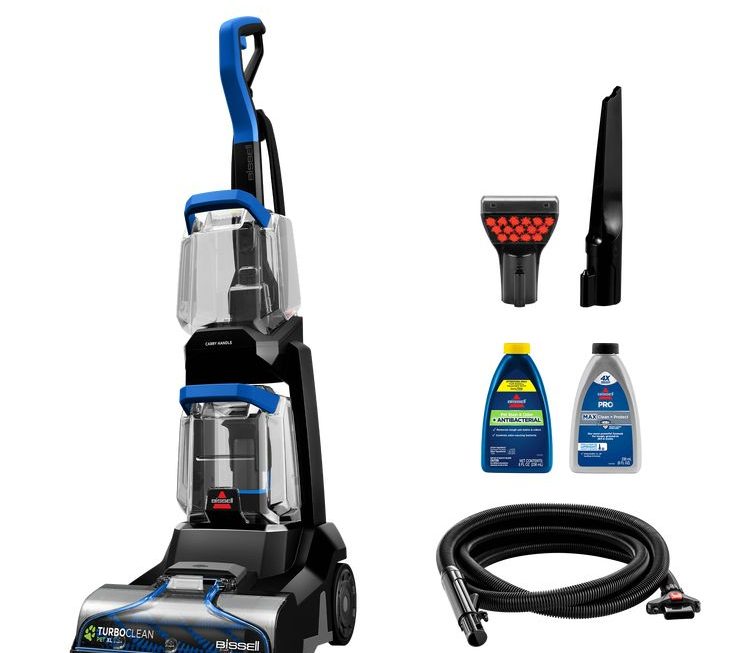Milk frothers are essential tools for coffee lovers and baristas alike. They help create the perfect frothed milk for delicious coffee drinks such as lattes and cappuccinos. However, milk frothers can become dirty and clogged with milk residue over time, which can affect the taste of your coffee and the functionality of the frother. In this essay, we’ll explore the different types of milk frothers and provide tips and tricks for cleaning them.

Types of Milk Frothers
- Handheld Milk Frothers
Handheld milk frothers, also known as milk wands or milk frothers, are small, battery-operated devices that are designed for frothing milk in a cup or pitcher. They are easy to use and convenient for making one or two cups of coffee. However, they can be challenging to clean due to the small components and hard-to-reach areas.
- Automatic Electric Milk Frothers
Automatic electric milk frothers are countertop devices that use induction heating and a whisk to froth milk. They can froth both hot and cold milk and typically have additional features such as different frothing modes and temperature settings. They are suitable for making multiple cups of coffee or lattes. They can be easier to clean compared to handheld milk frothers, but they have more complex components.
- Manual Milk Frothers
Manual milk frothers are devices that use a plunger to create a froth. They are typically made of glass or stainless steel and are suitable for making one or two cups of coffee. They are affordable and easy to use but may not produce a consistent froth and require more effort compared to other types of milk frothers. They are relatively easy to clean compared to other types of milk frothers.
Tips and Tricks for Cleaning Milk Frothers
- Clean After Each Use
Cleaning your milk frother after each use will prevent milk residue from building up and ensure that it continues to function correctly. Use a damp cloth or sponge to wipe the components of the frother, and rinse with hot water.
- Disassemble the Frother
If your milk frother has detachable components, disassemble them before cleaning. This will allow you to clean each component thoroughly and prevent any milk residue from building up in hard-to-reach areas.
- Use a Cleaning Solution
Using a cleaning solution designed specifically for milk frothers can help remove any milk residue and prevent bacteria growth. Follow the instructions on the cleaning solution carefully, and rinse thoroughly with hot water.
- Soak the Components in Hot Water
Soaking the components of your milk frother in hot water can help loosen any milk residue and make it easier to clean. Fill a bowl with hot water and add a small amount of dish soap or cleaning solution. Soak the components for several minutes, and then rinse with hot water.
- Use a Milk Frother Brush
A milk frother brush is a specialized tool for cleaning milk frothers. It has bristles that can reach into hard-to-reach areas and remove any milk residue. Use the brush in combination with a cleaning solution or hot water to clean the components of your milk frother thoroughly.
- Run a Cleaning Cycle
If your milk frother has a cleaning cycle, run it periodically to keep the frother clean and functioning correctly. Follow the instructions on the frother manual carefully, and rinse thoroughly with hot water after the cycle is complete.
Conclusion
Cleaning your milk frother is essential for maintaining its functionality and ensuring that it produces good-quality frothed milk. Use the tips and tricks outlined in this essay to clean your milk frother thoroughly, and make sure to clean it after each use. Remember to disassemble the milk frother, use a cleaning solution, soak the components in hot water, use a milk frother brush, and run a cleaning cycle periodically. With regular cleaning, you can enjoy delicious coffee drinks with perfectly frothed milk from your milk frother for years to come.
